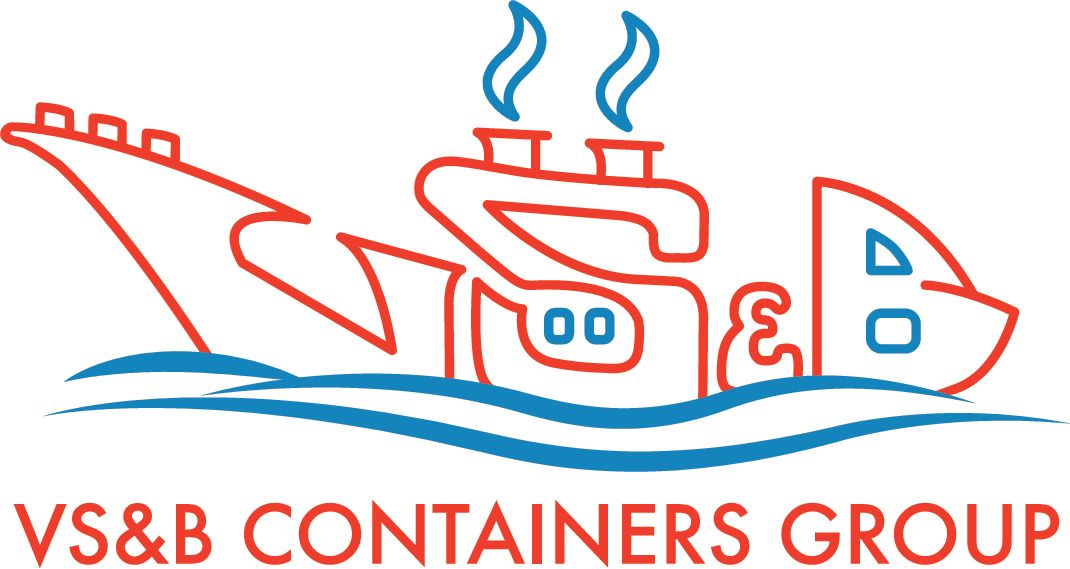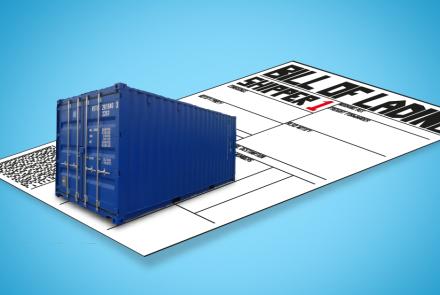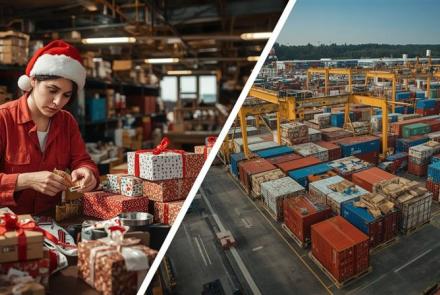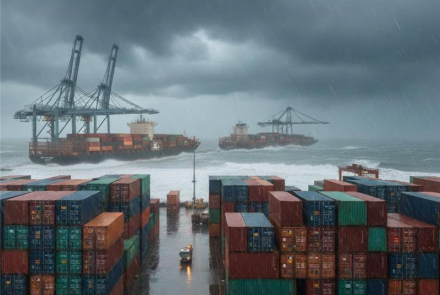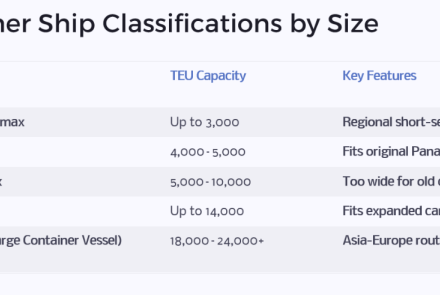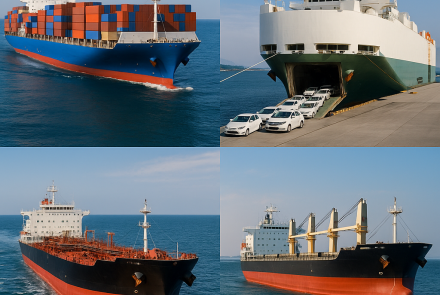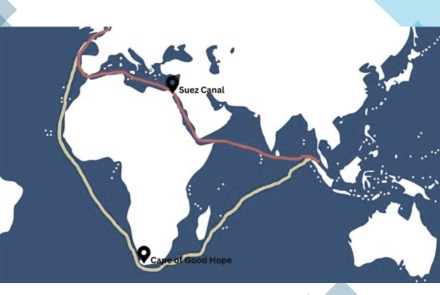Technological innovations have improved the prospects for enhancing on board fire safety by detecting fires before they get out of control. Identifying areas that are warming up relative to the adjoining areas helps identify the cause and take quick corrective action. So what are the steps we can take to prevent fires in container ships?
BLOGS
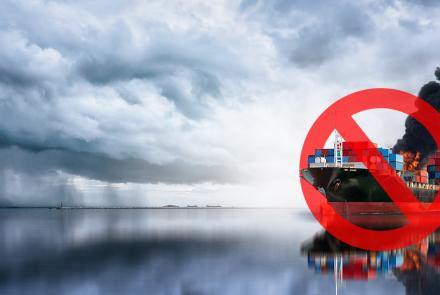
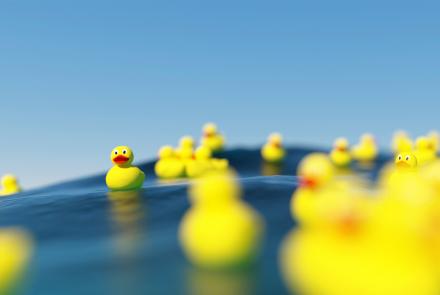 /Thousands of rubber ducks that spilled into the ocean from a shipping container 3 decades ago impart us good lessons on the value of preserving our environment.
/Thousands of rubber ducks that spilled into the ocean from a shipping container 3 decades ago impart us good lessons on the value of preserving our environment.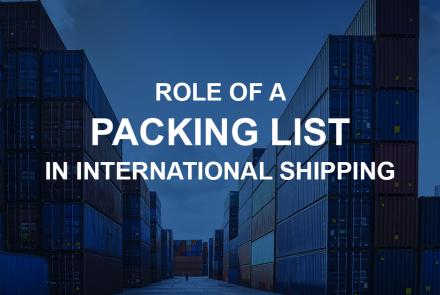 /What is the key document that accompanies a cargo to let customers and stakeholders involved in a transaction compare the goods with the commercial invoice? Let's understand more about “packing lists
/What is the key document that accompanies a cargo to let customers and stakeholders involved in a transaction compare the goods with the commercial invoice? Let's understand more about “packing lists /One of the core elements that guarantee a buoyant shipping industry is the role played by a quality workforce, where the human factor must go hand-in-hand with advancing technology.
/One of the core elements that guarantee a buoyant shipping industry is the role played by a quality workforce, where the human factor must go hand-in-hand with advancing technology.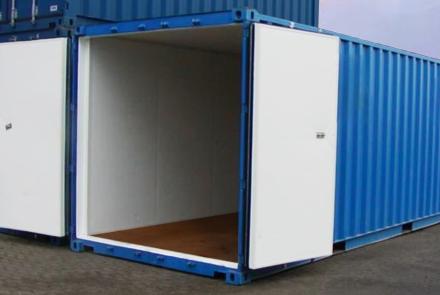 /What is the ideal way to ship sensitive cargo that does not need a preset temperature, but demands a steady ambient temperature, unaffected by external conditions? Let's explore the world of Insulated Containers.
/What is the ideal way to ship sensitive cargo that does not need a preset temperature, but demands a steady ambient temperature, unaffected by external conditions? Let's explore the world of Insulated Containers. /Ensuring the safety of goods being transported or stored in container boxes assumes great significance to everybody involved in the supply chain process. In addition to the inbuilt safety mechanisms that keep containers safe from intruders, there are other methods to secure your precious cargo.
/Ensuring the safety of goods being transported or stored in container boxes assumes great significance to everybody involved in the supply chain process. In addition to the inbuilt safety mechanisms that keep containers safe from intruders, there are other methods to secure your precious cargo.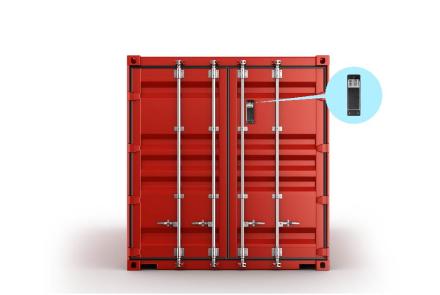 /The digital age is pushing all frontiers of success in the business world. Smart shipping containers, which are a result of Internet of Things technology and integration, are becoming a reality now.
/The digital age is pushing all frontiers of success in the business world. Smart shipping containers, which are a result of Internet of Things technology and integration, are becoming a reality now.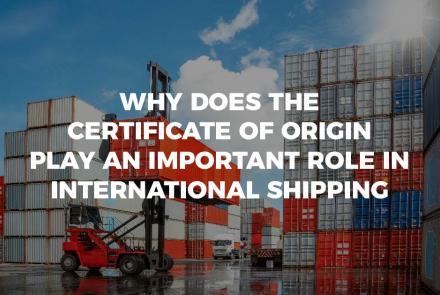 /A Certificate of Origin is an essential document used in international trade certifying the country from where the goods being exported have originated. It plays a critical role in ensuring that trade agreements between nations are followed in form and substance.
/A Certificate of Origin is an essential document used in international trade certifying the country from where the goods being exported have originated. It plays a critical role in ensuring that trade agreements between nations are followed in form and substance.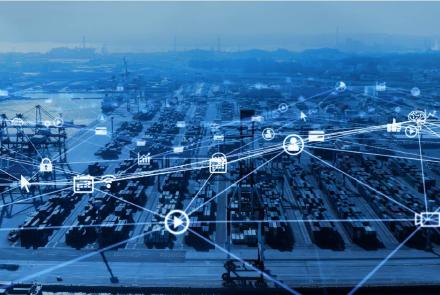 /The shipping industry is dealing with increasing challenges thrown by various types of security dangers. What is the nature of these threats and how is the industry rising to confront such dangers in the high seas?
/The shipping industry is dealing with increasing challenges thrown by various types of security dangers. What is the nature of these threats and how is the industry rising to confront such dangers in the high seas?
